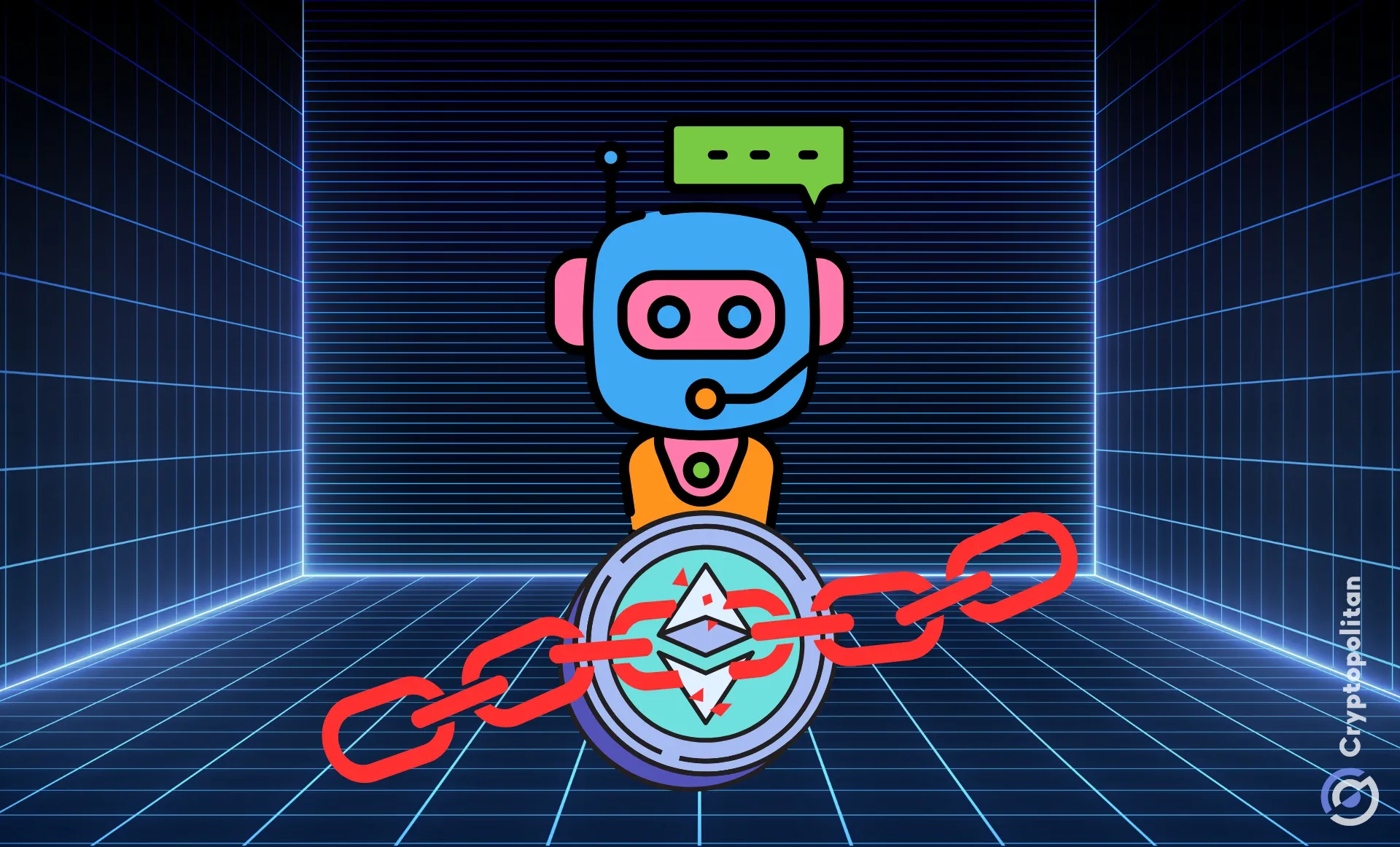Galaxy Research published findings from an analysis of the impact of Ethereum’s Dencun upgrade. The findings indicate that the upgrade reduced fees but caused a significant surge in failed transaction count and bot activity on layer-2 scaling solutions like Arbitrum.
Asset management firm Galaxy Research analyzed the Ethereum network post-Dencun upgrade. While the upgrade improved the operating economics for Ethereum rollups, Galaxy’s analysis made a surprising discovery.
The Dencun upgrade was implemented on the Ethereum mainnet on March 13 and was the most-awaited upgrade since the merg. The upgrade was rolled out to address the high gas fee menace on Ethereum’s layer-2 networks that has historically hindered the network’s scalability.
The firm’s findings, published in a report dubbed “150 Days After Dencun,” revealed that Ethereum witnessed a surge in bot activity and failed transactions on layer-2 scaling solutions like Arbitrum and Base.
Dencun Upgrade lures more bot activity on Ethereum’s L2 solutions
There have been 2,225,958 blobs purchased at an average cost of $1.59/ blob and 1,104,315 blob carrying Layer 1 transactions at an average cost of $5.22/ transaction in the 150-day period following the implementation of EIP-4844. pic.twitter.com/vbl7lcIQn7
— Christine Kim (@christine_dkim) August 22, 2024
Galaxy’s analyst Christine Kim published a detailed post on X highlighting the implications of the Dencun Upgrade’s data blob surge. Kim cited the comprehensive “150 days after Dencun” report published by Galaxy on August 21st.
According to the report, 2,225,958 blobs have been purchased at an average cost of $1.59 per blob, and 1,104,315 blobs carrying layer-1 transactions at an average cost of $5.22 per transaction in 150 days after the Dencun upgrade went live on Mainnet.
The report also noted that rollups’ average daily transaction activity increased by 6.65 million in the same duration compared to 3.285 million transactions recorded from December 1st, 2023, to March 12th, 2024.
The analysis reported that failed transaction rates also increased. According to Kim, the failed transactions caused by low fees on L2s are most likely emanating from high-activity addresses manned by bots. The report recognizes high-activity addresses as those attempting 100 or more transactions in a 24-hour window, while those attempting 5 or fewer transactions are low-activity addresses.
Base leads L2s with the highest transaction failure rate

The report also revealed that Coinbase’s layer 2 scaling solution Base had the highest failure rates from high-activity addresses, peaking at 41.6%. Arbitrum trailed behind Base with a 20.87% failure rate, while OP Mainnet followed with a 12.85% failure rate. Failed transaction rates from low-activity addresses peaked at 4.02% on all observed networks over the same period using the same plotting metrics.
Coinbase research revealed that Solana is also experiencing increased transaction failures. According to Coinbase, between 25% and 45% of non-vote transaction fees are spent on failed transactions.
The founder of The DeFi report, Michael Nadeau, acknowledged that bots play a major role in providing liquidity on public blockchains since they also pay fees. Nadeau refuted claims that bots are fake and spam and should not be included in economic calculations.
The news comes after private transactions on Ethereum were reported to dominate more than 50% of the network’s gas fees. Blocknative’s analysis revealed that several sophisticated Ethereum users prefer routing transactions privately through dark pools to evade front-running bots.





